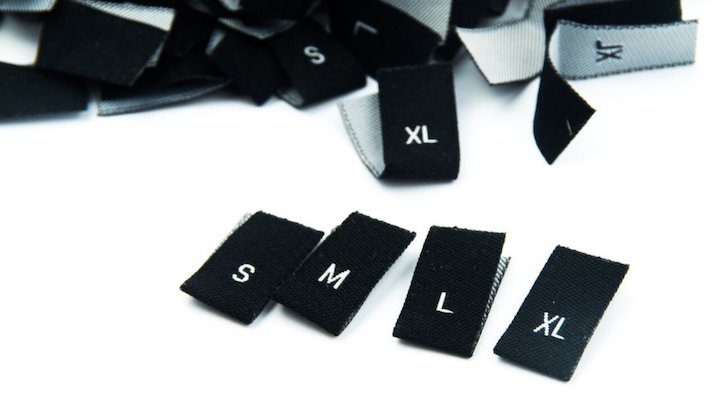Michaela Wessels, CEO and co-founder of Style Arcade, goes into the mechanics of how size curves dramatically influence your bottom line, and how to accurately calculate your ideal size ratios.
The impact of size curve inaccuracy for e-commerce retailers
Did you know the profit margins of your e-commerce business are impacted by 20-30 per cent, just by buying the incorrect size range? There’s a very specific reason why the best e-commerce stores and online retailers are obsessed with size availability. And, if you haven’t heard of it – or you’ve been missing out with laborious manual reporting – it’s imperative to learn how this significant element of the buying process is impacting your profit margin.
An unbelievable amount of profit is lost every year to broken size curves. The reason? It’s a very difficult metric to analyse with manual analysis. It’s data crunching and it’s time-bound. You need to be able to analyse the product performance before you sell out, before you discount, and ideally while it’s having time in the limelight.
At The Iconic was where the impact of sizing truly opened my eyes. As we know, 80 per cent of sales come from 20 per cent of your styles, so if your weighted size availability on your new-arrivals page starts to drop below 90-80 per cent, you will start to see a significant decline in sales.
The cost of size breaks
When a product launches online, the size availability is at 100 per cent. When you sell out of a size, your size availability immediately drops to 80 per cent. However, if the size that breaks is your most popular size for this particular product, then your size availability can actually equate to as low as 40 per cent.
Your sell-through will be worse off than you think if your most popular sizes disappear soon after you’ve launched them online. Consider a weighted approach to size availability, and start allocating according to the size sell-through history of this particular category.
Golden rule of size availability: All fashion brands, whether their new arrivals drops are weekly, monthly or seasonal, need to have 100 per cent size availability for a minimum of two weeks after they launch the product. If your sizes break within those two key weeks, you will rapidly start to lose profit on that item.
What really happens when the curve breaks
The acquisition budget you’ve spent luring your customer to a product and convincing them to buy, falls completely flat once they find that their size is sold out – that’s it, you’ve lost them. Typically online customers don’t browse too much longer after their disappointment, and you’ve lost the potential ROI on your CPA.
As soon as one size breaks, it tends to slow the sales of the other sizes. So ultimately, when it comes to reporting, you’ve muddied the water of the analysis of your range. This is because you’re not sure whether the slow sales were due to customers not liking the product, or you just applied a bad size ratio and it broke too early.
The opportunities of supersize accuracy
I always had a gut feeling that incorrect sizing can impact profit by 20%. Imagine if you were given the opportunity to gain back up to 20% of your profit!
And that’s why Style Arcade exists. Most of our customers go live starting at an 83-per-cent accuracy. So yes, a 17 per cent inaccuracy may not seem like a lot, but it counts when your customer base is growing all the time. Getting your size curve correct can elevate your accuracy right up to 93 per cent, the main point being you need to keep analysing, reporting and readjusting as you go.
You also have the opportunity to recognise when you can add larger or small on either end of your curve. With a clear mathematical guide, if you look at your ratio and the end sizes are more than 15 per cent of total sales, then there’s an opportunity for you to add in a fringe size.
Now that I know the amazing logic that can be gained, it’s what led me to develop Style Arcade.
This is the first time that there is near-perfect logic out there, in the most sophisticated systems. You can accurately predict performance and start buying according to real-time data. While you may never have 100-per-cent size accuracy, you can get close.
Learn the four steps to buying sizes correctly for your brand at stylearcade.com.






